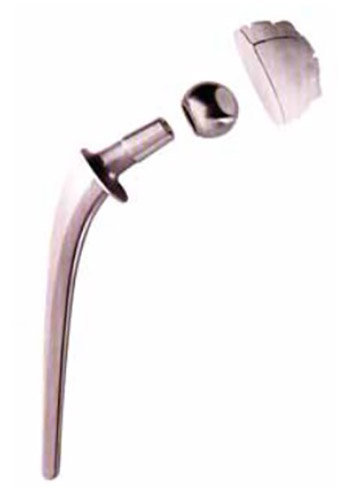Structural differences between hip endoprostheses, and implications on a hip kinetics
DOI:
https://doi.org/10.17305/bjbms.2005.3239Keywords:
diabetes mellitus, early marker, renal disease, cystatin C, creatinineAbstract
We compared kinetic characteristic of unipolar, bipolar and total hip endoprostheses, implanted after dislocated femoral neck fracture. Ninety patients were divided into three groups (30 patients in each group); a group with unipolar partial hip endoprosthesis (UPEP), a group with bipolar partial hip endoprosthesis (BPEP) and a group with total hip endoprosthesis (TEP). The patients from different groups were paired by parameters which could influence the long term functional result: follow up period, comorbidities, functional capabilities before injury, etc. After the average follow up 3.8 +/- 1.9 years, a measuring of range of hip motions (ROM) was conducted. The largest mean amplitudes in flexion (104 degrees), extension (13 degrees), abduction (35 degrees) and external rotation (38 degrees) was achieved BPEP, the largest adduction (14 degrees) was achieved UPEP, and internal rotation (34 degrees) TEP. Differences in ROMs are partially related to the clinical parameters such as: level of the hip pain, gait pattern, age and rehabilitation period (P < 0.05). Measuring of ROMs is the most reliable part of the clinical exam and it does not depend on subjectivity of patient, as opposed to other clinical parameters (level of pain, walking distance, aids usage, etc). The results obtained are favorable for the bipolar hip endoprosthesis, and they can be related to the biomechanical differences between the three types of hip endoprostheses. Kinetic advantages of the BPEP as compared to the UPEP, can be explained by the BPEP's structure: two-level mobility and a thinner neck which delays impingement in the late motion phase. In comparison to the TEP, clinical advantages of the BPEP can be attributed to less extensive surgery and scarring.
Citations
Downloads

Downloads
Published
Issue
Section
Categories
How to Cite
Accepted 2018-02-21
Published 2005-11-20









